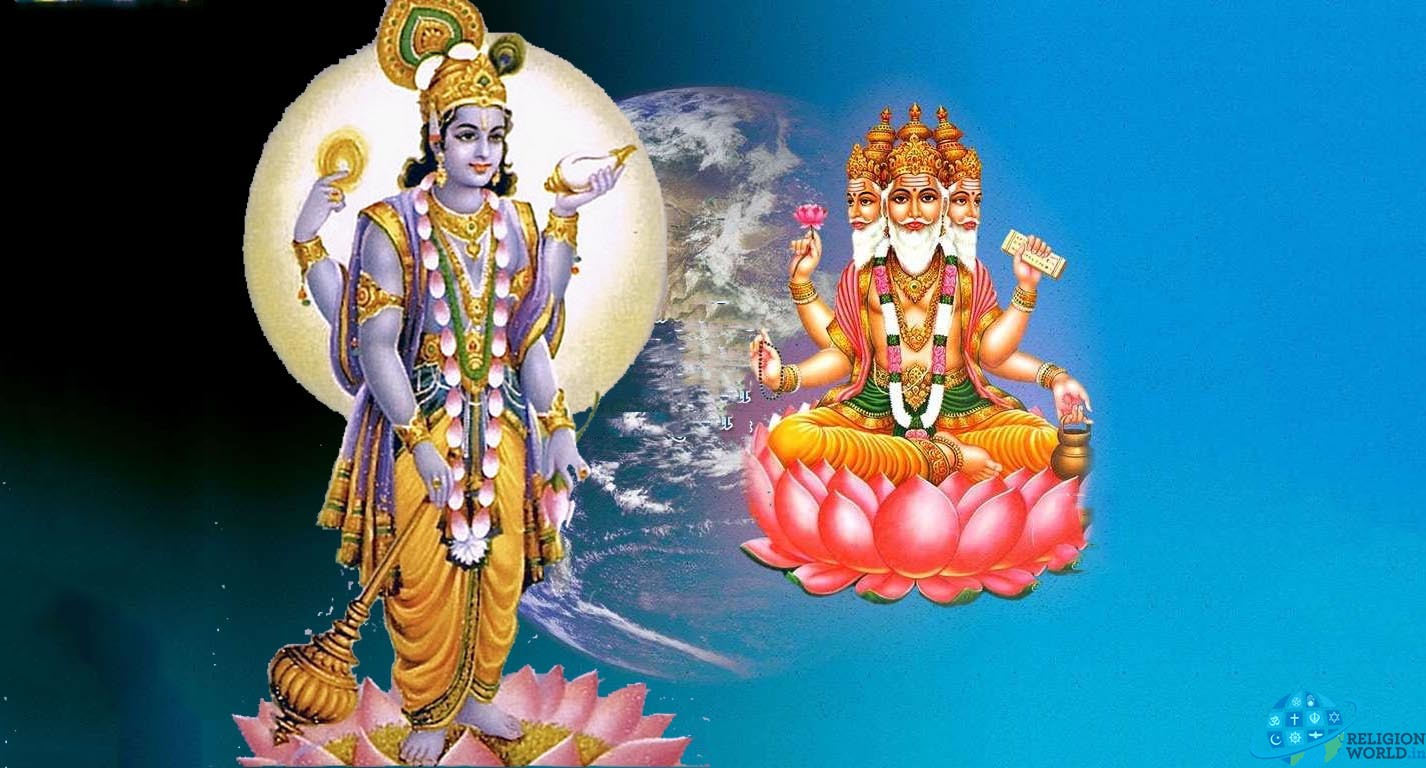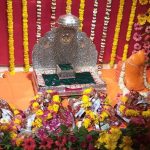Beyond the Alankaarik Roop of Brahma and Vishnu

Earlier, I have provided a commentary on ‘Lord’ Shiva to show how this Vedic term (not ‘He’) relates to all VARUNS (castes) of Humankind. Shiva are individuals whose lifelong diligence in maintenance of purity of mind and ‘Bhavna’ are required to enlighten all humankind that wishes to benefit from their wisdom and knowledge (knowledge by itself is not wisdom) acquired during the first three quarter century of their lives.
‘Lord’ Brahma and ‘Lord’ Vishnu are the other two entities of this triumvirate required to enrich the world in the material, spiritual and productive spheres of life.
The Etymology of the Vedic term Brahma is derived from the root BRIH per DhatupathBhawadigan, Unaadikosh 4/147 BrihnatiVardhati is Growth or Development.
Be it in the context of economics, education, Family, nation or the entire universe (encompassing all worlds where life exists) the phenomenon of Growth/Development is fundamental if progress, development or growth is to take place.
All advanced Scientists, Scholars, Technologists develop or create various systems, inventions etc. to advance development and Growth in all fields including wealth etc. This is also what Veda teach Brahma is.
When growth and expansion of a business or enterprise produces prosperity and accumulation wealth by a ‘Vishya’(businessman, Industrialists etc.) all desired luxuries can be obtained. This Varn (caste) of SOCIETY is referred to by ‘Lord’ Vishnu adorned with rich clothes and beautiful ornaments etc. reclining on a Lotus floating on a water body.
Lotus depicts all soft materials such assilen goods and other luxurious entities.
Water body denotes pleasure and comfortable environment, like Air conditioning etc.
Ornaments are symbol of wealth and beautification etc.
Etymology of Vishnu per Unaadikosh 3/39 = VYAPNOTI CHARAACHARAM is permeate and movement.
Currently, we there are in the world businessman, Industrialists and other creators of wealth who build for themselves huge luxurious villas, expensive automobiles such as a Rolls Royce, private yachts, and sundry other items of luxury and comfort. These people known as the HAVES; on the other hand, we have many, many millions who are unable to afford even two square meals a day (the HAVE NOTS). This disparity in society frequently results in bloodshed Revolution Outrages/WARS.(The only exception over the past millennia are the Sanaatani who endured destitution at the hands of the Jihadi and local rulers who emulated the plundering Jihadi. The impoverishment of the Muslims who had been living off the sweat of the Sanaatani led to their not only accepting their fate, but also developing greater empathy for the impoverished Sanaatani. Once the British starting Ruling India which led to relations between Sanaatani and Muslims being one of equals in misery).
To site an example, in France when there was acute shortage of food and the starving populace pleaded with the king for daily sustenance they were told if there was no bread they should drink wine. The result was revolution a in which tens of thousand ‘Royalists’ and other were Guillotined.
Our inimitable Sanskriti (? Culture) teaches that wealth, represented by ‘Lord’ Vishnu was accumulated to ensure that it permeated to everyone in the society and was not used on one self alone.
The Rich are required by our Sanskriti to ensure that they part with or share their wealth for the benefit of all humankind (all castes); this is their Dharma (duty). So doing will contribute greatly to maintaining bring peace and harmony.
This is the etymologic and logical explanation of ‘Lord’ Brahma and Vishnu. I have already explained ‘Lord’ Shiva. This completes the basic ethos of the Trinity of , and is well beyond the commonly presented Alaankarik roop which has led to the polytheistic presentation of Vedic revelations.
- Daksha Bhardwaj









